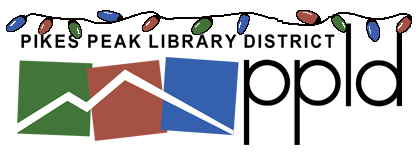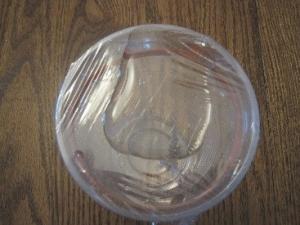Take and Makes for this project will be available at area PPLD libraries beginning Friday, Sept. 3, 2021.
Supplies and Directions:
Materials we provide: Plastic cup, plastic sandwich bag, rubber band
Materials you provide: scissors, water, interesting specimens to observe
Directions (see pdf link below for additional step-by-step photos):
- Cut a hole in the side of the cup along the bottom. This doesn’t need to be neat. It’s designed as an access point for you to get specimens into the bottom of your cup.
- Stretch one layer of the plastic bag over the top of the cup and secure it with a rubber band.
- Find a specimen and put it in your cup through the hole. (A specimen is an insect, leaf, flower, etc.)
- Pour a small amount of water onto the plastic wrap. You want it to be a small pool.
- Look through the water at your specimen. The water has created a lens and magnifies your specimen.
- Repeat with other specimens.
How it works: A microscope uses mirrors and lenses to bend light so that an image appears larger than it is. In our microscope, the water creates a convex lens. It bends the light that passes through it and makes the specimen appear to be bigger.



 We are experiencing recent outages to the online catalog, PPLD mobile app, and Libby/OverDrive. Click here to learn more.
We are experiencing recent outages to the online catalog, PPLD mobile app, and Libby/OverDrive. Click here to learn more.